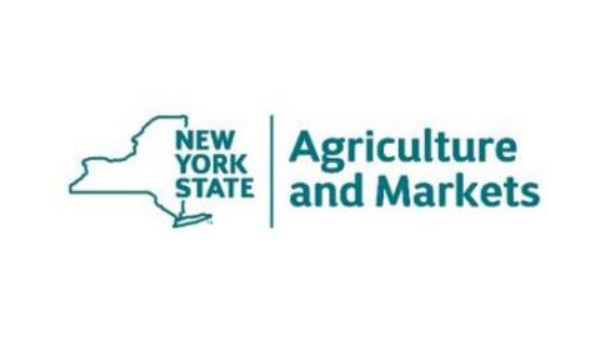New York State has just released a document outlining best management practices to strengthen the state’s produce supply system.
The document is a product of the Produce Traceability Blue Ribbon Task Force, composed of growers, processors, packers, distributors, and retailers of a number of produce commodities. The task force was convened in November 2020 by Richard A. Ball, state commissioner of agriculture.
The document says it is “targeted to those who have a role in the produce supply chain, such as owners, operators, managers, and decision makers involved in the growing, shipping, receiving, storing, processing, and selling of produce.”
One focus of the document is providing “a set of minimum best practices” for produce traceability and outlining areas that are important to include when developing a traceability program.
Critical components of such a system, according to the document, are (1) “a process flow diagram that maps how produce moves through a business”; (2) “a lot identifying code (Lot ID) that will be used in all the business’ records”; and (3) “records (manual or electronic) that will assist in expedient and efficient recalls.”
Some recommendations:
“Companies developing a traceability system for the first time or looking to improve a traceability system they already use, should first develop a detailed process flow diagram to identify the way produce enters, flows through, and exits their operation/facility.”
“The Lot ID should be obvious on every package, container, and pallet, and listed on every Bill of Lading (BOL) that leaves the business.”
“Any final product, raw or packaged, should have a listing of the Lot ID numbers that it contains.”
“Your traceability records should enable you to find a Lot ID and any contributing Lot IDs quickly and accurately.”
The guidelines in the document are for voluntary compliance.
The recommendations are clear and simple enough that they are likely to be useful to the produce industry outside of New York State as well.
The document also points out that “consumers also have a responsibility to implement food safety practices during shopping, transporting, storing, and preparing foods in their own homes. . . . We are also encouraging consumers to do their part in keeping the produce they handle and prepare safe.”



